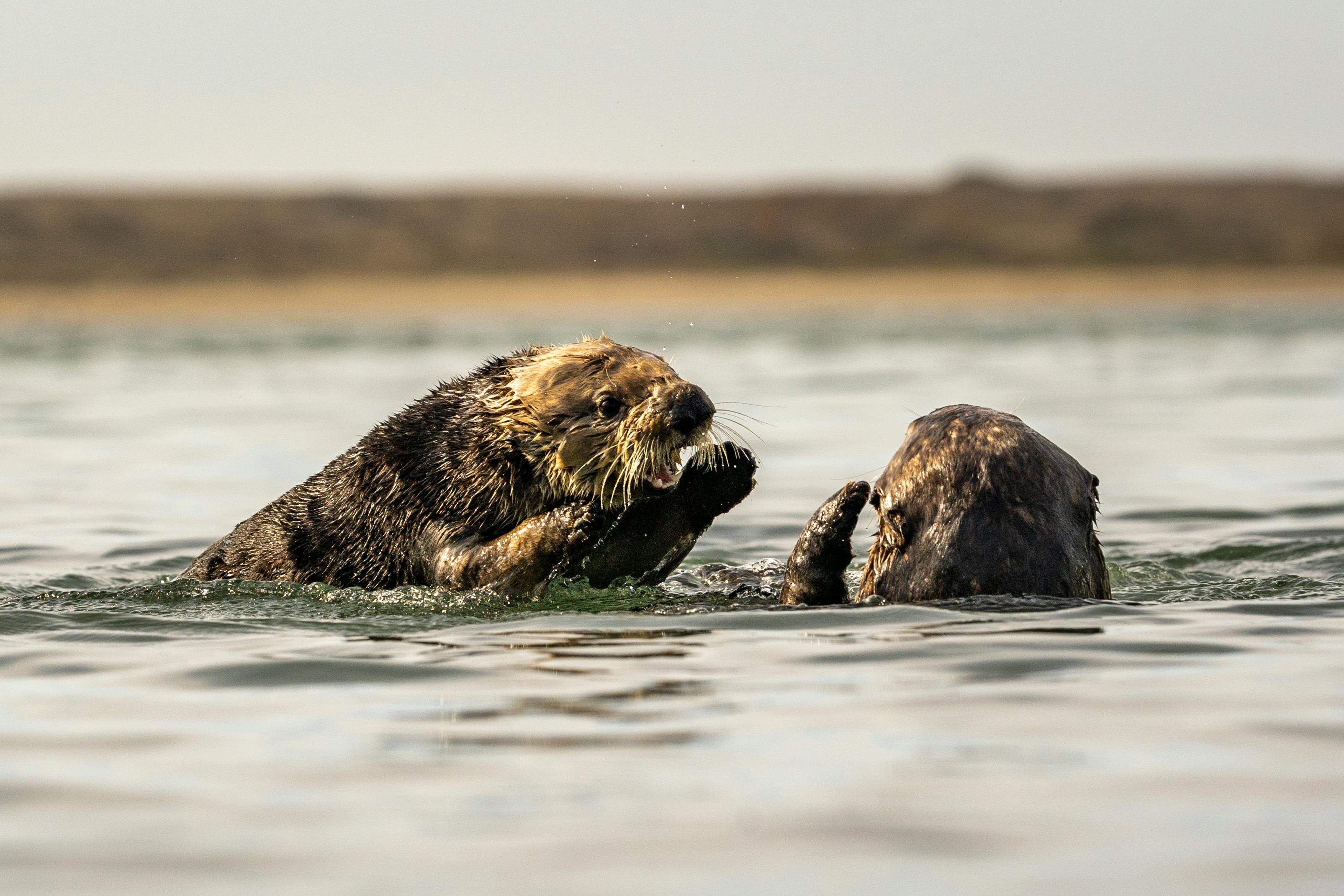Otter Rehabilitation: Nurturing Nature's Aquatic Acrobats
The world of wildlife conservation is filled with heartwarming stories, but few capture the imagination quite like the rehabilitation of otters. These charismatic creatures, known for their playful antics and remarkable intelligence, face numerous challenges in the wild. From habitat loss to pollution, otters often find themselves in need of human intervention to survive and thrive.

The Plight of Wild Otters
Otters, belonging to the subfamily Lutrinae, are found on every continent except Australia and Antarctica. These semi-aquatic mammals are adapted to life both in water and on land, making them unique among carnivores. However, their dependence on healthy aquatic ecosystems makes them particularly vulnerable to environmental changes.
Habitat destruction, water pollution, and climate change have all taken a toll on otter populations worldwide. In many regions, otters have become endangered or locally extinct. The need for rehabilitation often arises when young otters are orphaned, injured otters are found, or when otters are rescued from illegal pet trade or fur farming operations.
The Rehabilitation Process
Otter rehabilitation is a multi-faceted process that requires expertise, patience, and dedication. When an otter arrives at a rehabilitation center, the first step is always a thorough medical assessment. Veterinarians check for injuries, diseases, and overall health status. Many otters arrive malnourished or dehydrated, requiring immediate nutritional support.
Once the otter’s health is stabilized, the rehabilitation team focuses on recreating a natural environment that allows the otter to develop or maintain its natural behaviors. This includes providing appropriate diet, enrichment activities, and socialization opportunities with other otters when possible.
Specialized Care for Different Species
Different otter species require specialized care during rehabilitation. For instance, sea otters, which are native to the northern Pacific Ocean, have unique needs compared to river otters found in freshwater habitats. Sea otters have incredibly dense fur that requires constant grooming to maintain its insulating properties. Rehabilitators must teach orphaned sea otter pups how to groom properly, a skill usually learned from their mothers.
River otters, on the other hand, need to develop strong swimming and hunting skills. Rehabilitation centers often include large pools with live fish to help otters hone these crucial abilities. The goal is always to prepare the otters for eventual release back into their natural habitat.
Challenges in Otter Rehabilitation
One of the biggest challenges in otter rehabilitation is preventing imprinting on humans. Otters, especially when rescued as pups, can quickly become accustomed to human presence, making it difficult for them to survive independently in the wild. Rehabilitators use various techniques to minimize human contact, including using otter-like puppets to feed young otters and limiting direct interaction as much as possible.
Another significant challenge is recreating the complex social structure otters experience in the wild. Many otter species live in family groups or larger communities, and this social interaction is crucial for their development and well-being. Rehabilitation centers often aim to rescue and rehabilitate multiple otters simultaneously to allow for these important social bonds to form.
Innovative Techniques in Otter Care
Recent years have seen the development of innovative techniques in otter rehabilitation. One such advancement is the use of surrogate otter mothers for orphaned pups. In some cases, adult female otters in captivity have successfully adopted and raised orphaned pups, providing them with the nurturing and education they would receive in the wild.
Another exciting development is the use of advanced tracking technology to monitor released otters. GPS-enabled tags allow researchers to follow the movements and behavior of rehabilitated otters after release, providing valuable data on their adaptation to the wild and informing future rehabilitation efforts.
The Release: A Bittersweet Moment
The ultimate goal of otter rehabilitation is to return these animals to their natural habitat. The release process is carefully planned, considering factors such as the otter’s age, health, and acquired skills, as well as the suitability of the release site. Rehabilitators often conduct soft releases, where otters are given access to a protected area in their natural habitat while still receiving supplemental food and monitoring.
While the release of a rehabilitated otter is a moment of triumph, it’s also bittersweet for the dedicated professionals who have invested months or even years in the animal’s care. The success of these releases is a testament to the hard work and expertise of wildlife rehabilitators and the resilience of these remarkable creatures.
The Impact of Otter Rehabilitation
Otter rehabilitation efforts have far-reaching impacts beyond the individual animals saved. These programs contribute valuable scientific knowledge about otter biology, behavior, and ecology. This information is crucial for developing effective conservation strategies for wild otter populations.
Moreover, rehabilitated otters often become ambassadors for their species, raising public awareness about the challenges facing these animals in the wild. Many rehabilitation centers offer educational programs, allowing the public to learn about otters and the importance of protecting aquatic ecosystems.
The Future of Otter Conservation
As our understanding of otter biology and rehabilitation techniques continues to grow, the future looks brighter for these charismatic creatures. However, the need for rehabilitation is a symptom of larger environmental issues that must be addressed. Conservation efforts must focus on protecting and restoring otter habitats, reducing pollution, and mitigating the impacts of climate change.
Otter rehabilitation represents a beacon of hope in wildlife conservation. It demonstrates that with dedication, expertise, and compassion, we can make a real difference in the lives of individual animals and contribute to the preservation of entire species. As we continue to refine our rehabilitation techniques and expand our knowledge, we move closer to a world where otters can thrive in their natural habitats, delighting us with their playful antics for generations to come.




